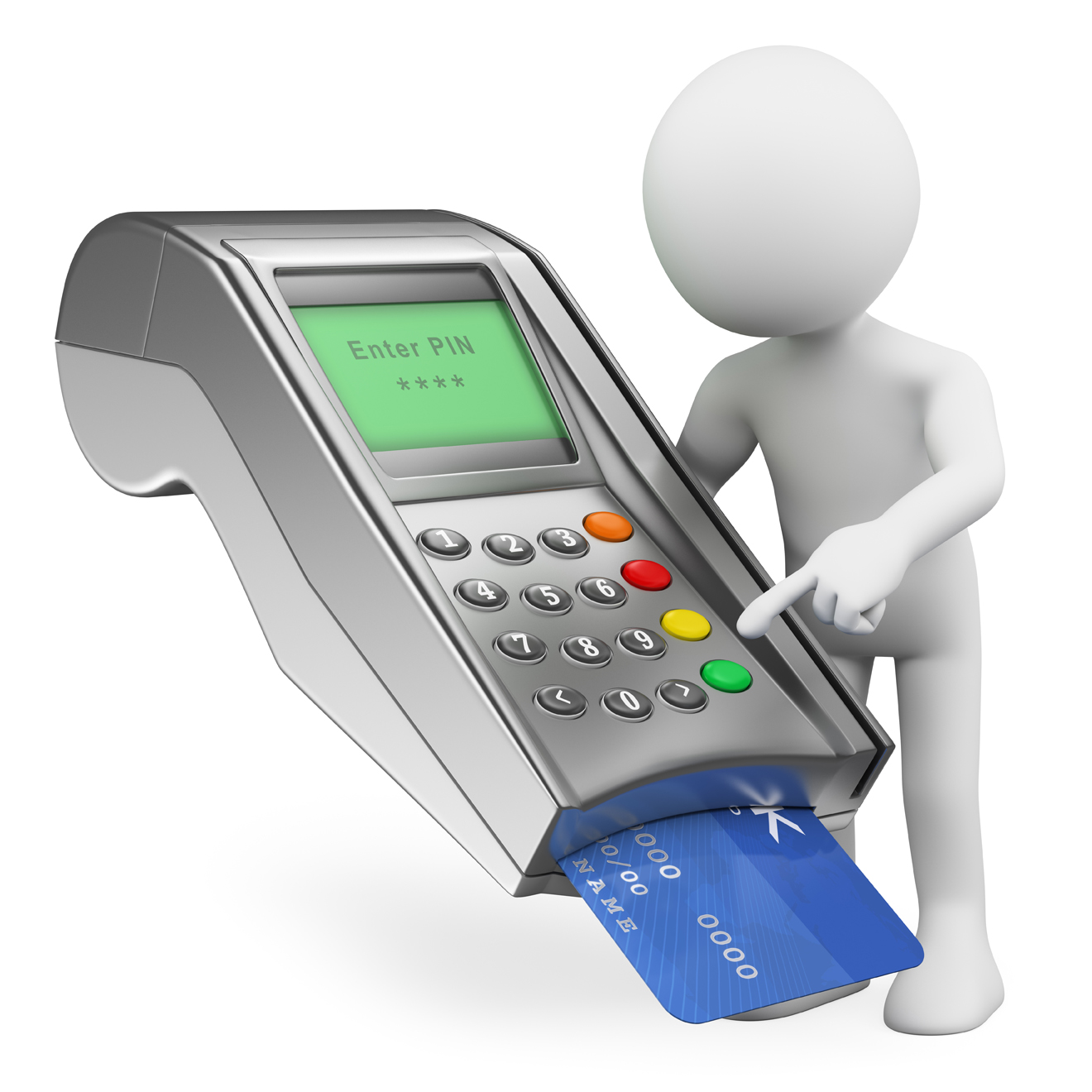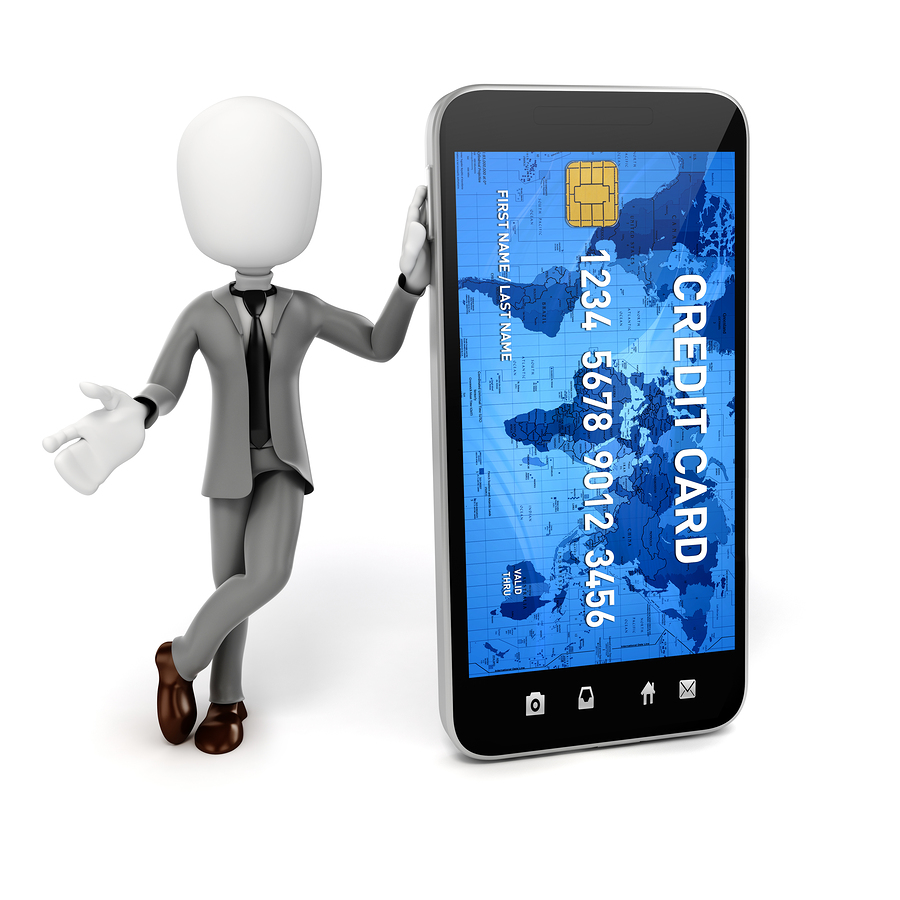When we set up an e-commerce site for a customer who is new to selling online, we often find a common point of confusion: How do I get the actual money from the website into my bank account? Most customers understand the concept of a shopping cart; in fact, most of them have used online shopping carts like Amazon's for years. Nearly all of them already take credit cards for other business transactions. They've got that same old machine that swipes cards and spits out paper sitting over there by the fax machine. That credit card machine deposits funds into their bank account a day or two after they run the card.
The dots are there. But how are they connected when you start selling things online?
 First of all, there's one important piece that I didn't really mention: a merchant account. You get one of these when you start taking credit cards; it's a necessary component (well, except in some cases; more on that later) of accepting credit card payments from your customers. You might get this merchant account from your bank or you might have signed up through one of thousands of other companies that sell merchant services; you can even get one from Costco if you so desire. Merchant account providers compete primarily on things like rates and fees, because whenever you start taking credit cards, everyone in the processing chain wants a little piece of your transactions.
First of all, there's one important piece that I didn't really mention: a merchant account. You get one of these when you start taking credit cards; it's a necessary component (well, except in some cases; more on that later) of accepting credit card payments from your customers. You might get this merchant account from your bank or you might have signed up through one of thousands of other companies that sell merchant services; you can even get one from Costco if you so desire. Merchant account providers compete primarily on things like rates and fees, because whenever you start taking credit cards, everyone in the processing chain wants a little piece of your transactions.
Anyway, that machine sitting there next to your fax is connected to your merchant account, which in turn is connected to your bank account. You charge someone $1,000 for a passel of polos, the card gets processed. Later that night or the next day, all your transactions get batched up, cleared through the banks and, after all those kind folks like Mastercard, Visa, processing banks and so on take their cut, that $1,000 (minus around 2 to 4 percent, depending on a zillion factors that you don't have a whole lot of control over, unless you’re really big) gets moved into your actual business banking account.
Moving Money Online
What's different when you do this online? Not much, really. The big change is that the trusty old machine that swipes and prints gets replaced in an online transaction. That's right: You don't take a credit card number online, then go type the numbers into the machine like you do when you get a card you can't read. In fact, the credit card issuers really don't like it when you do that, because they often charge a different rate for a card that you key in manually vs. a card that's fully processed online.
Instead, for online transactions the machine is replaced by something called a "gateway." Despite the name, this is truly a "credit card machine in the sky" – it does the same thing, taking the credit card number from the website, making sure the card is approved, then sending it off to the processor for the same endgame as your little terminal in the office. No re-keying or button pressing necessary. And if someone gives you a bad number of has inadequate credit, the gateway churns out the same kinds of messages and codes as your office hardware.
Does that mean you toss the card reader out the door? Nope. It's still used for in-person transaction when someone hands you a real-life plastic credit card. You might not use it as often, but if you take a credit card in person, you'll still need it (in fact, even though you can get rid of it and key in card to a virtual terminal like some processors offer, you'll likely get a better rate with a real-live card being swiped, because the potential for fraud is lower; this is even more likely with the new "chip" cards that have additional fraud protection features).
So that's really it: You set up your merchant account and your web site, then let the gateway do the talking between them. There are hundreds of gateway providers, and often your bank will have a required one that you have to use. This can sometimes make things a little tricky if your web developer doesn’t support your gateway, but these days most e-commerce companies work with a wide variety of gateways.
Alternatives
Of course, that's not really it, because technology soldiers on and often leaves outdated technologies behind. The merchant account-gateway-web site combo is really kind of cumbersome when you think about it; after all, if you've got someone willing to pay for your goods and services, why have so many parties involved? The model evolved this way primarily because, a decade ago, most companies already had merchant accounts and were trying to take their business online. The gateway was sort of a Band-aid to bridge the gap between the online store and the merchant account; it removed the need to re-key credit card numbers and added a measure of fraud protection in what was at the time (and in many ways still is) a very risky environment for financial transactions.
 Now, however, many businesses start up and go online (or don't) without ever opening merchant accounts. They start selling things and they want to take credit cards without engaging multiple parties just to get their money into the bank.
Now, however, many businesses start up and go online (or don't) without ever opening merchant accounts. They start selling things and they want to take credit cards without engaging multiple parties just to get their money into the bank.
Enter the new school of credit card processing. Pioneered by Square and refined by a few other major players (Intuit, Google, and so on), these companies allow in-person swiping with just a smartphone (and a little dongle you plug into the headphone jack) and sometimes online transactions without a gateway.
These companies still charge transaction fees; no one moves your money around for free, because there's always risk involved (even armored cars get robbed). In some cases, their fees are even higher than the old-school combo, because they’re often dealing with brand new businesses with no established track record. But they try to make up for this with ease of use and the removal of multiple steps and delays in the process.
Are these services worth a try? For some businesses, especially new ones, yes. Convenience and timing can be huge factors for many businesses, and being able to whip out your smartphone and take someone's money is a pretty nifty trick. But they're not for everyone, and they often start to falter at large volume. Once you’re really rolling, it often makes sense to go the traditional route.
Finally, there's a chance that another option is available to you: If you use a big e-commerce company that cranks out thousands of stores, they may eliminate all the middlemen and just process your transactions for you, taking their own fees and removing the need for you to deal with any of this.
If you've been processing credit cards for years and already have a merchant account and machine, a gateway is likely going to be the most cost-effective method for processing cards online. But if you're new to the game or want to try something different, look around – there are alternatives everywhere these days, and the choices will only continue to grow.
Brent Buford is a co-founder of eBlox, a Tucson, AZ and Austin, TX-based web development firm. He can be reached at brent@eblox.com.